The grand East Lake Tudor style club house
East Lake Golf Club (ranked #97 in the world) is located in the Atlanta neighborhood of East Lake, only six miles from the city center. The skyscrapers of downtown are visible from the top of the property when you are on the fifteenth green. Going back to East Lake conjured up good feelings, especially since the route to the course is along I-20 which is signposted Augusta. This is especially true since the author has played Augusta and birdied its twelfth hole! The good associations continue when the rushed golfer heads to the half-way house near the first tee to grab a quick sandwich and among the selections is a pimento-cheese. I was glad to play East Lake again with my camera and in summer conditions since my prior visit was during the winter when the greens were overseeded.
The original golf course was laid out by the designer of many undistinguished golf courses, Tom Bendelow, designer of Medinah. In 1913, Donald Ross redesigned the Bendelow course which originally featured two par four and half holes and oddly finished across the lake from the clubhouse. The remodeled course featured a routing plan that provided each nine holes to conclude at the clubhouse.
The interior of the clubhouse, a Bobby Jones shrine, seen above is the Great Hall
In 1963, the Ryder Cup was held at East Lake, which was won by the U.S. and featured Arnold Palmer as the playing Captain. In preparation for the matches, the course went through a facelift for three years, during which most of the old course was rebuilt and many of the holes changed to provide the quality championship layout the tournament merited. The alterations were performed under the direction of golf course architect George Cobb. In 1994, Rees Jones restored Donald Ross’s original golf course layout making East Lake an eclectic Bendelow-Ross-Cobb-Jones design.
East Lake was the course Bobby Jones played growing up as a youngster and he played the course for a period of 41 years. The interior of the clubhouse is a shrine to Bobby Jones. It includes his Calamity Jane putter, the original scroll conferring the 1958 Freedom of the Burgh of St. Andrews on him, his hickory shafted clubs and his original lockers. It also includes full size replicas of all four of his Grand Slam trophies from 1930, which is fitting because it was only at East Lake that all four were together in one place.
East Lake, like Los Angeles Country Club, is a city course hemmed in in its entirety by a perimeter fence. The course is built on gently rolling hills and with the exception of holes 4, 6, 8 and 17, the holes are routed east-west to play directly into the wind or down wind. After a gentle starter into the wind, the par three second hole plays down wind. You can see below the gently sloping hills and the typical shaved fall-off areas surrounding the green.
The par four 4th hole rises up the gentle hill to a green that is approachable with a bump and run shot
The fourth hole and the eighth hole, which runs parallel to it, have depressions that run along them. These depressions were dug out during the Civil War to protect encamped soldiers (presumably Confederates) from attack along Fayetteville Road. As you can see, there are areas to run the ball up to the green at East Lake, but Rees Jones made most of them rise with one-to-two foot elevation changes just before the green to make that more difficult.
The par five fifth hole from the tee; the hole plays downhill, down-wind
One afternoon Bobby Jones was playing the fifth hole, a good 544-yard downhill par five that bends down the hill. He had to stand and wait for a long time for a group ahead of him to hit and he became so frustrated that he picked up his ball and walked off the course to go build his own course. The course he ended up building was nearby Peachtree (ranked #87 in the world).
The par five, downhill 9th hole with its approach shot over the lake
The 551-yard par five ninth hole was my favorite on the course. It sweeps down the hill from a tee box at the top and you have to play your third shot over the lake to a very well protected green. The majestic clubhouse in the background adds to the grandeur of the hole.
The green complex on the 9th hole
The front nine plays on the west side of the clubhouse and the back nine plays on the east side; and on the back, with the exception of the seventeenth, the holes run parallel to each other as you play up and down the hill. The back nine is the more interesting of the two.
The elevated twelfth green, with a typical long high-lipped bunker
You can see the style of the bunkering at East Lake from these two pictures of the twelfth and fifteenth greens, which are the product of Rees Jones. They are long and have high lips, making pins tucked right behind them very difficult to access; particularly because these two holes play down wind, the golfer faces an uphill-downwind shot with little margin for error, and the reason they come into play so much, even though in total the course doesn't have that much sand.
The difficult uphill par five fifteenth
The "signature" hole at East Lake is the eighteenth, which is a par three finishing hole which plays 207 yards uphill into the prevailing wind. I was on the green in regulation, but the green is so large I might as well have been off. With its bent grass greens, the direction of the grain is a big factor when putting at East Lake, much more so than other courses I have played. Knowing whether you are into or against the grain is a big deal. I had a couple of putts where it was both, the putt began into the grain and then shifted to down grain due to the contours of the green.
Today the course is owned and run by the East Lake Foundation, a local non-profit whose mission is to give back to the East Lake neighborhood, which it has been instrumental in reviving. Atlantan Tom Cousins was the driving force behind this unique structure. He purchased the course in 1993, brought in Rees Jones, invested $25 million and donated it to the foundation. Their mission, "Golf With A Purpose" is supported by corporations from around the country who are the primary members of East Lake. I am glad I was able to return and do a proper review after all these years. It was a really nice relaxed round on the rolling hills. We had world-class caddies at East Lake, one of whom was receiving a college scholarship from the club.
The locker room features East Lake's signature Ginger Snaps
The cozy club house is filled with leather chairs and makes a great place to repair to after the round to soak up all the Jones memorabilia. The course is very welcoming and professionally run with a Southern hospitality that I love. Ginger Snaps were Jones' favorite and the recipe used to make them was apparently his mother's.
East Lake has dropped off the world top 100 rankings of late which is too bad. As much as I love the new minimalist designs of Coore-Crenshaw and others, to some degree all the new modern courses are crowding out important courses like East Lake and Ganton and Colonial. It is better to have a balanced set of courses making up the top 100 since these are important courses that the serious golf fan should come to know so that they can better honor the legacy of this great game.
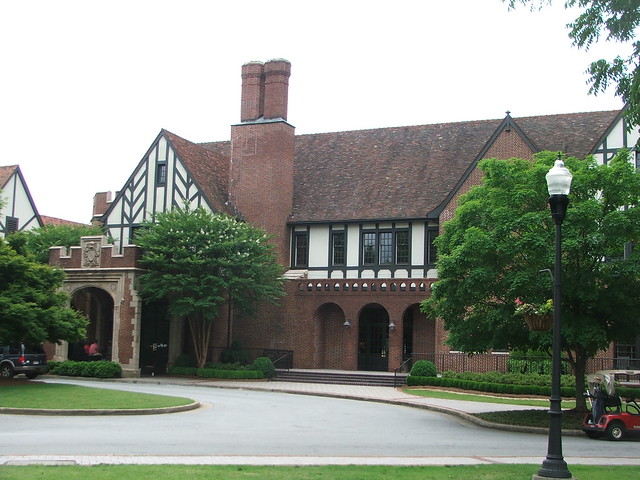
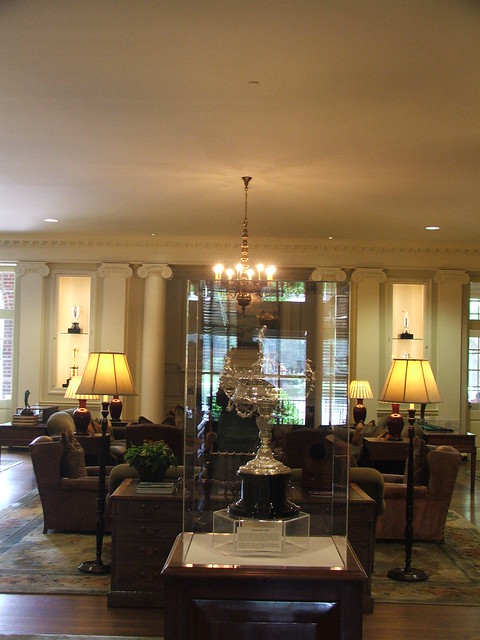
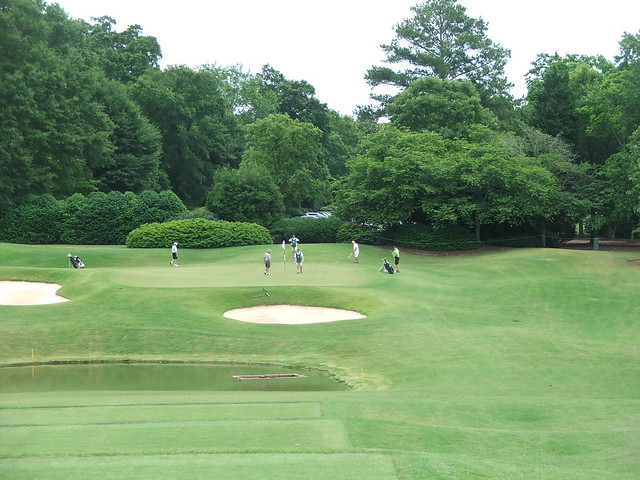
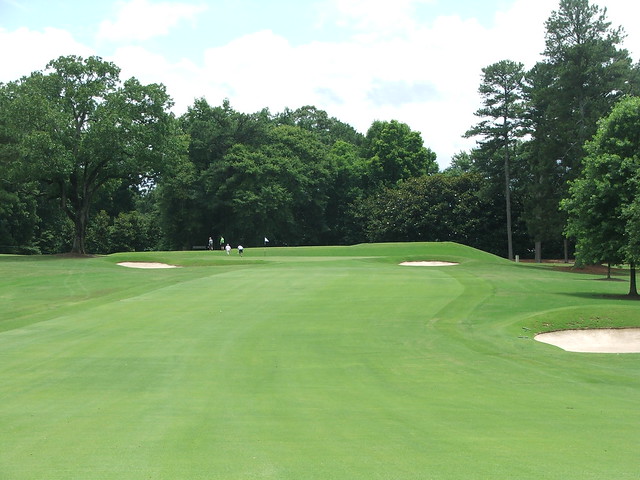

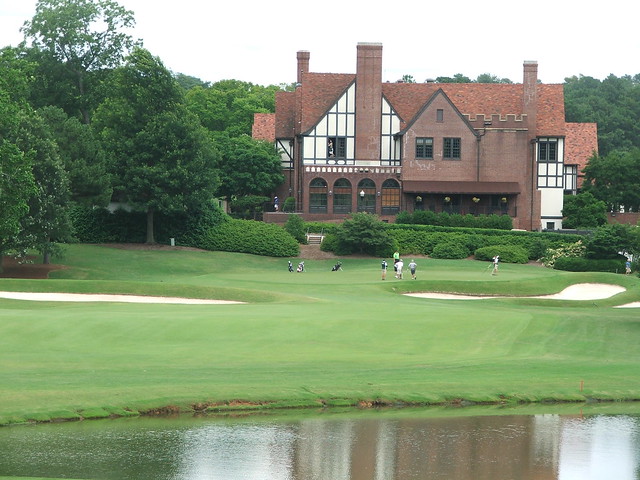
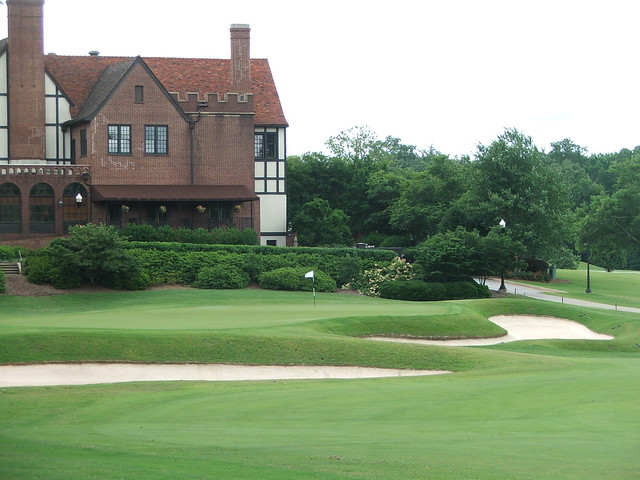
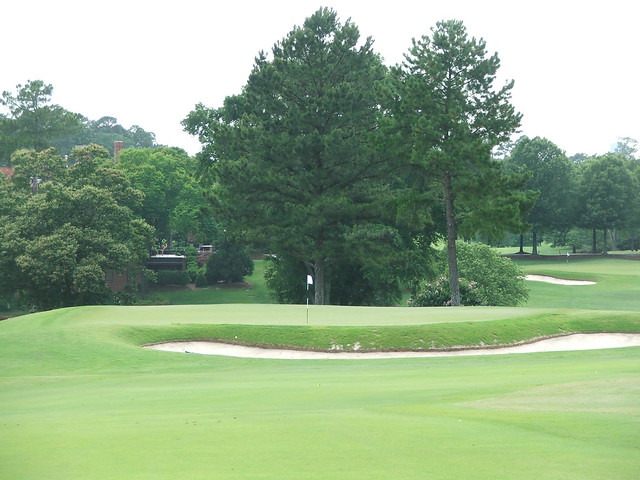
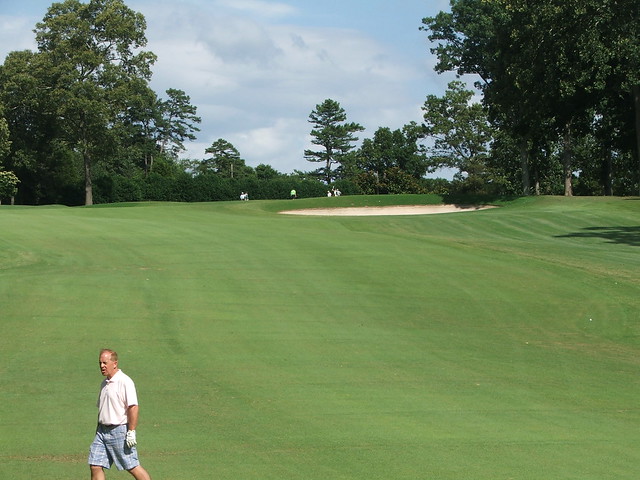
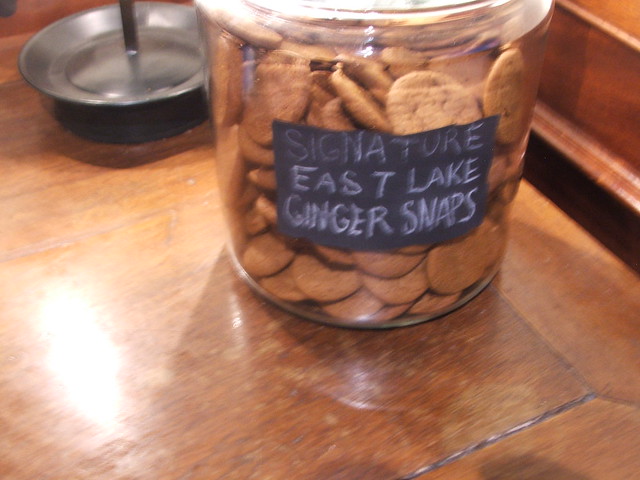




5 comments:
Im glad you are still doing write-ups. I, like many others, hope to see a write-up a Pinehurst No. 2 soon. Did you play the Coore-Crenshaw Pinehurst or pre-renovation Pinehurst?
Thank you. No, I haven't played the renovated #2, but it is on my list and I play to write about it after I do.
What a great idea for a blog, I think I will play the top 100 courses in South Africa haha. Any excuse to play more I guess!
Something you didn't mention that many people don't know is that East Lake was the site of the original Atlanta Athletic Club. While Bobby Jones grew up playing on the golf course, at the time, his father was a member of AAC. Sad that AAC ended up moving, but great that such a classic course has been maintained.
How did you get to play here? I live in ATL so i've always wanted to play here.
Post a Comment